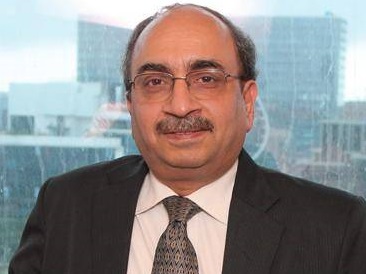 How can the industry attract new IFAs in MF fold? How is SBI MF trying to enroll new IFAs?
How can the industry attract new IFAs in MF fold? How is SBI MF trying to enroll new IFAs?
I think the budget proposal to exempt distributors earning up to Rs. 10 lakh a year from paying service tax should encourage new distributors to join the industry.
SBI MF is holding programs in colleges and apprising students about the opportunities in mutual fund advisory. We are also reaching out to Banking Correspondents across the country through Financial Literacy Centres set up by banks. We have also got approval from SEBI to give training on NISM MF Distributors Certification Examination in Rural Self Employment Training Institutes set up by Ministry of Rural Development (MoRD). This should encourage more people to take up MF advisory. Once this is in place, we will be able to train more people to pass this certification.
What is your advice to distributors?
We are advising our IFAs to cut costs by adopting technology to reach out to a larger number of clients. For this, we are offering them our technology solutions to help serve their clients efficiently. This business is about volumes and only technology can help you achieve scale and volume.
The inflows in equity funds are slowing down lately. Is your fund house also seeing a slowdown in inflows?
We are getting good inflows in our equity funds due to our superior fund performance. In fact, our equity funds have been able to contain the loss in the recent fall.
In a situation when the market has fallen, our equity assets have grown from Rs. 20,000 crore in January 2015 to Rs. 35,000 crore in March. Our SIP book is now Rs. 250 crore per month. All this has helped us increase our industry AAUM market share from 6.3% in March 2015 to 7.6% in February 2016.
You are the sixth largest player now. What are your aspirations?
We wish to increase our market share further. Apart from this, we want to create value for investors, especially during choppy markets.
Do you see online platforms taking off in a big way?
Mutual funds have a wider appeal but our distribution network is confined to a few major cities. The distribution channel can be bridged only through the online channel. This is why many online platforms are emerging. When distributors are not able to reach out to certain locations you will see emergence of alternate channels. I think the market is big and there is a scope for all kinds of distributors.
Do you see a scope for reducing TER?
SEBI wants AMCs to create value for investors. If the expense ratio is higher it could impact returns. SEBI chairman’s statement on reducing TER triggers a lot of thoughts for AMCs. The only way out is to increase volumes. Once the volume increases we can reduce costs.
Having said that, there should be a focused effort to control costs on the part of AMCs. Ultimately, it is for investor’s interest and no industry can survive if investors are not satisfied. So SEBI is fair in asking us to reduce costs.
However, we need to expand the industry first. There are other compelling reasons to widen the distribution network. For instance, despite having a lower cost structure, mutual funds face stiff competition from ULIPs. We need more distributors to guide investors properly.
How much inflows are you expecting to get in your ETFs from EPFO next fiscal?
It would depend on the overall accretion in EPFO. The EPFO is mandated to invest 5% of incremental inflows in equities. If we go by the current year trend, we can get around Rs. 5,000 crore next fiscal.





